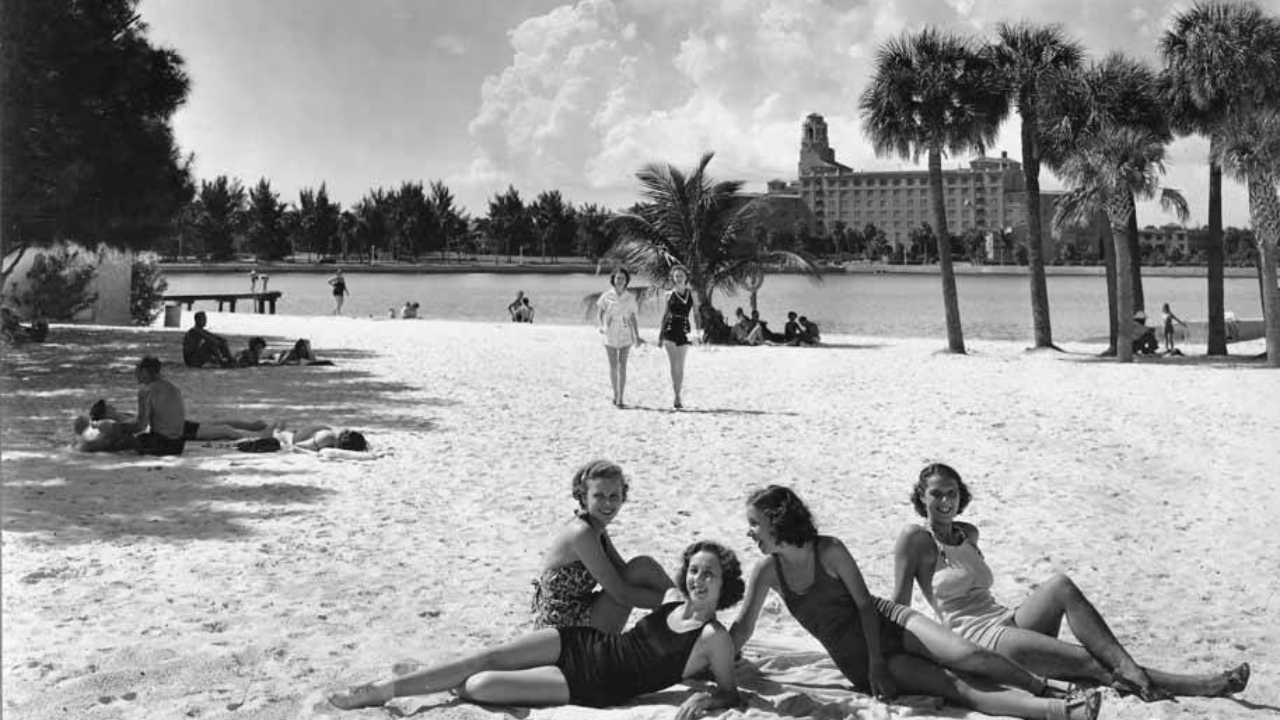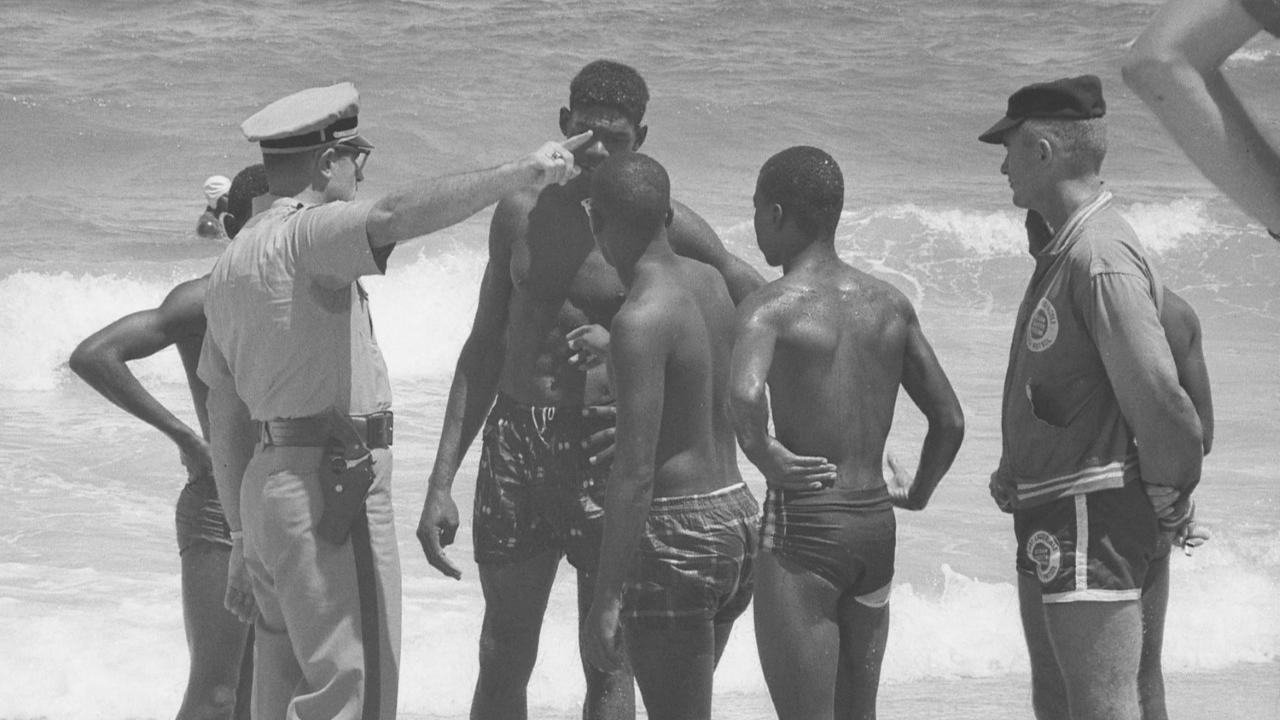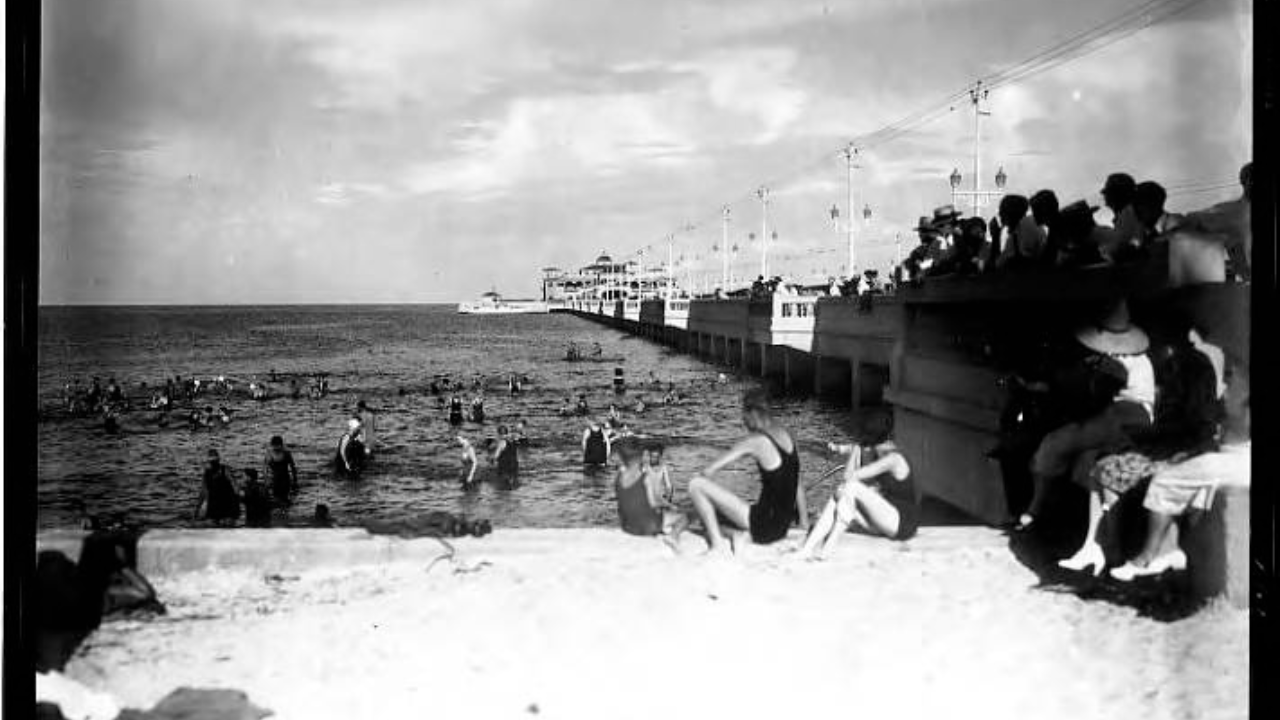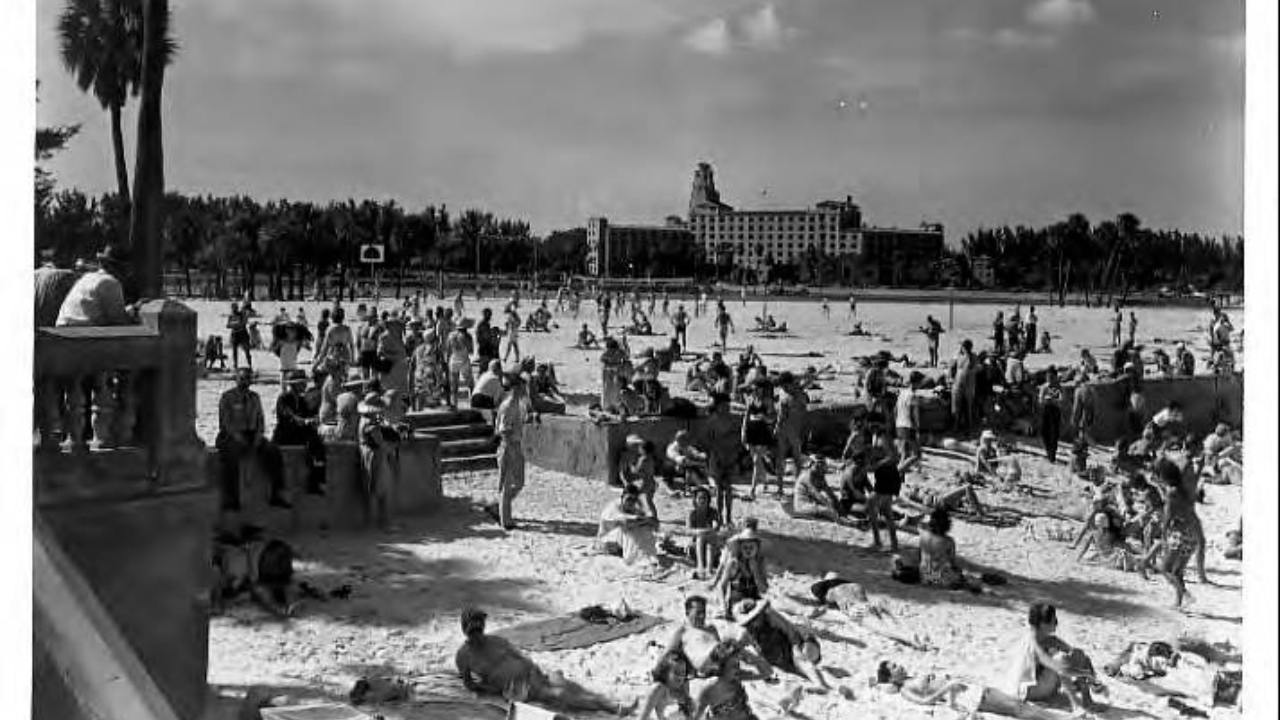ST. PETERSBURG, Fla. — People of all nationalities and ethnic groups come to Tampa Bay to enjoy our pristine beaches, but it turns out the beaches weren’t always so welcoming to diverse groups; many of our beaches were segregated until the 1960s.

The story
For Joe Robinson, gazing over the Bay on Ben T. Davis Beach was a right he didn’t always have. He said back in the 50s and 60s there were signs along the beach.
“It said no colored, Jews or dogs. Which meant, stay away Black folks, Jews and dogs. This was a segregated Beach we’re on right now,” said Robinson.
He said Black people had to find other, less developed places to swim, being that many local, public beaches were just for White people.
“You see, Black folks couldn’t swim because we couldn’t get to the beach. We didn’t have no real swimming pools and, you know, whenever we got there, it’s like, hey, we got to go through the mangroves. We got no lifeguard. So, a lot of Black people that’s from Florida didn’t know how to swim because they couldn’t get access to the water,” explained Mr. Robinson.

Protests: Wade-ins
In response to this discrimination, many Black people organized protests by going to White only beaches. They called these protests wade-ins.
“The wade-ins were like, look, instead of a sit-in at the lunch counter, we’re going to do wade-ins,” explained Mr. Robinson.

Segregated beaches in St. Pete
Across the bay in St. Petersburg, African Americans faced the same reality as beaches there were also segregated.
Rui Farias, with the St. Petersburg Museum of History, showed us a photo of the old St. Pete Pier.
“This photograph is of the South Mole Beach, which was the African American beach. On the other side of the pier – the same area where our current pier is today – was Spa Beach. So, that pier actually segregated the two beaches.”

Civil Rights in the Sunshine State Exhibit
The St. Petersburg Museum of History has a temporary exhibit called “Civil Rights in the Sunshine State.”
“This exhibit covers the civil rights activities, the struggles, the fights of everything that happened during the civil rights era of the United States. When you’re in school, you learn about Jackson, Birmingham; you learn about Memphis. You don’t learn about St. Augustine or Jacksonville, or St. Petersburg. All of those activities, whether it was lunch counter sit-ins or marches or the fight to integrate pools and beaches. That all happened here,” explained Rui.
Craig Wilson and his wife are here from Detroit on vacation. They decided to check out this exhibit and were surprised at just how much the area played in the national fight for civil rights.
“You know a lot about the history, but to see accounts and photos, it really helps,” said Craig Wilson.

Integration
After several lawsuits and wade-ins, Spa Beach became fully integrated in 1959, and other beaches throughout the Tampa Bay area eventually followed suit in the following years. Though it didn’t end racism, it was the beginning of the experience we all have together on our public beaches.
The last day to check out the “Civil Rights in the Sunshine State” exhibit is on June 8. Here’s a link to more information.







